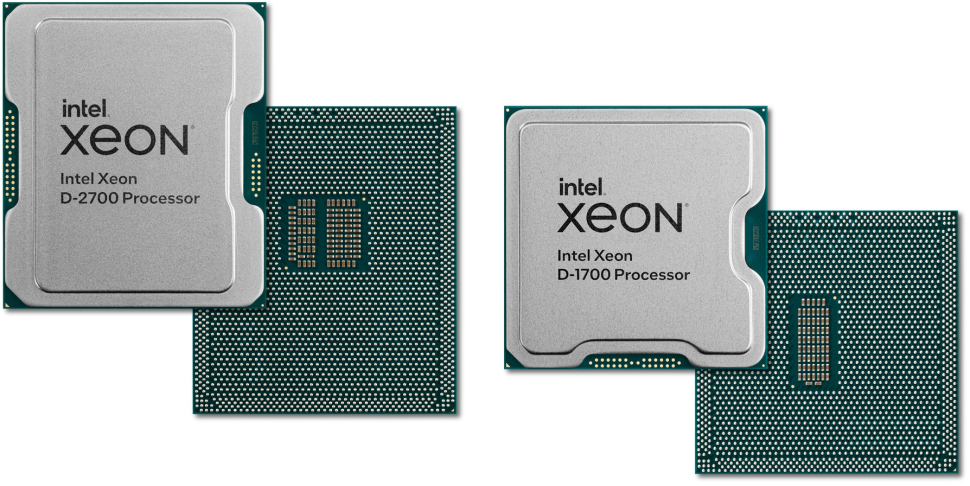The Intel Xeon D-1700/2700-series CPUs, which have up to 20 cores, AI and crypto acceleration, built-in Ethernet, and improved reliability, were announced this week. The Xeon D-series processors from Intel are designed for servers that power the connected products and services we use daily, and they combine substantial performance with extensive connectivity.
The Intel Xeon D ‘Ice Lake-D’ system-on-chip family for infrastructure and edge servers is divided into two product lines: the Xeon D 1700-series, which has 2 to 10 cores and up to 15MB of cache, and the Xeon D 2700-series, which has 4 to 20 seats and up to 30MB of cache. The CPUs have two or four DDR4 channels that allow 256 GB to 1 TB of memory and 16, 32, or 64 PCIe 4.0 lanes, 24 SATA ports, and Ethernet throughput of up to up to 100GbE. The new SoCs’ TDP ranges from 25 to 129 watts. The Xeon D-1700/2700 series will have 36 SKUs in total.

The new server-grade SoCs are based on Intel’s Sunny Cove microarchitecture and support the company’s latest instruction set enhancements (e.g., AVX512VNNI for accelerating inner convolutional neural network loops used for AI/inference workloads), special-purpose accelerators hardware-accelerated SHA encryption and features hardware-accelerated SHA encryption, full memory encryption, SGX oversubscription instructions).
While Intel’s Xeon D 1700/2700-series processors do not support extreme core counts or large pools of memory, which are required for performance-demanding workloads such as running databases and other demanding applications, these SoCs are sufficient for AI inferencing and edge servers; enterprise routers and switches; virtualised radio access networks (vRAN); storage servers; and security appliances. While edge servers are still a relatively new technology, billions of people utilise various gadgets daily without even realising it. According to Intel, over 70 firms, including Cisco, Juniper Networks, and Rakuten Symphony, plan to build servers on Intel’s Xeon D-1700 and Xeon D-2700 CPUs.
Also Read:
NVIDIA to continue its business plans with Arm even after the cancellation of the ARM acquisition








